Exploring Paolo Veronese’s Masterpieces in Verona
WanderInEurope is reader-supported. Affiliate links and ads help us keep creating useful content for you.
What I love about Italians—and Western civilization in general—is their deep appreciation for art and beauty. Almost every Italian city has produced great artists.
Florence has Michelangelo, Venice has Giovanni Battista Tiepolo, and Milan has Caravaggio. Verona is no exception, and its most famous artist is easy to remember because his name is almost the same as the city itself: Paolo Veronese.

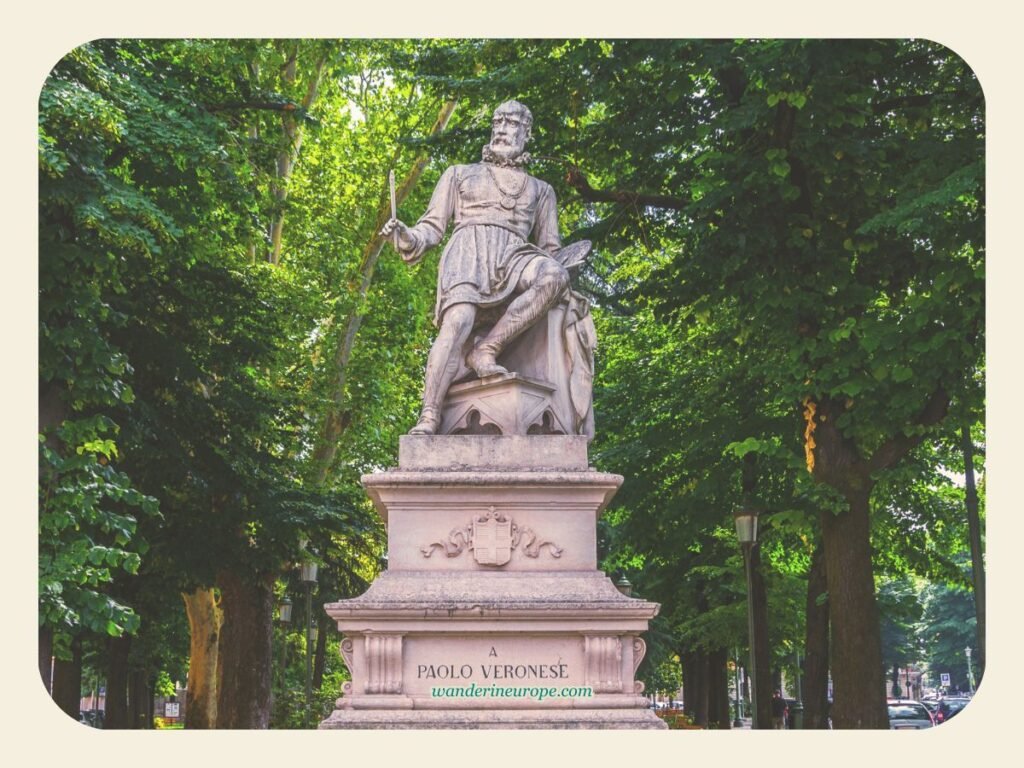

About Paolo Veronese
Paolo Veronese, born in Verona in 1528, was a major figure of the Italian Renaissance, known for his history paintings that depict religious and mythological themes.
Influenced by Titian, he developed a naturalist style of painting that brought together rich color, intricate detail, and dramatic composition. His work blended elements of Mannerism with a sense of balance and elegance.
Veronese became widely recognized for his large paintings of biblical feasts, including The Wedding at Cana and The Feast in the House of Levi, where he created elaborate narrative cycles filled with striking architecture and lively figures.
One of the most fascinating stories about him involves The Feast in the House of Levi. Originally intended as a depiction of the Last Supper, the painting caught the attention of the Inquisition because it included jesters, soldiers, and foreign figures, which were seen as inappropriate for a sacred scene.
Summoned by Venetian Holy Inquisition to explain his choices, Veronese defended his artistic freedom, arguing that painters, like poets, should have the right to creative expression. Instead of changing the work, he simply gave it a new title, avoiding conflict while keeping his vision intact.
He continued painting until his death in 1588, leaving behind a legacy of bold and theatrical masterpieces.

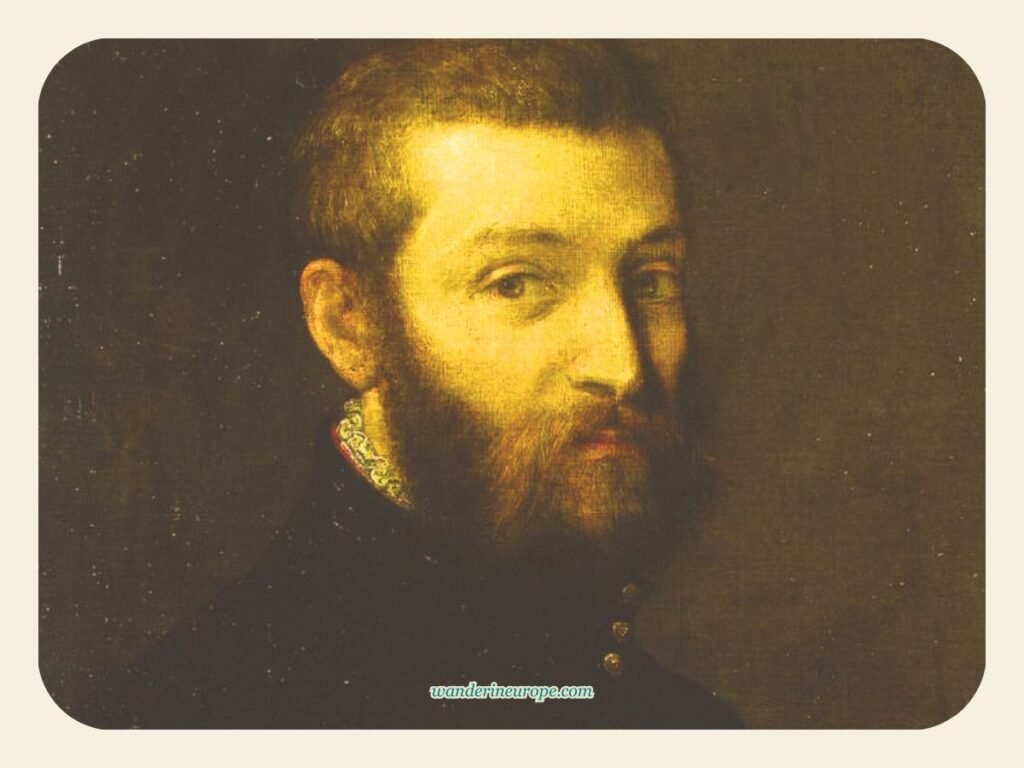

Veronese Artworks in Verona
Today, Veronese’s artworks can be found across Europe. Some are in the Gallerie dell’Accademia and the Doge’s Palace in Venice. Others are in the Louvre Museum in Paris, the National Gallery in London, and the Prado Museum in Madrid.
His hometown of Verona also holds some of his pieces, which you can see at the Museum of Castelvecchio and the Church of San Giorgio.
Inside the church of San Giorgio, you can see the painting of Saint George’s Martyrdom. Over at the Museum of Castelvecchio, there are three must-see masterpieces by Paolo Veronese: Deposition of Christ, Stories from the Life of Esther – Punishment of the Eunuchs, and The Bevilacqua Lazise Altarpiece.
Saint George’s Martyrdom
The artwork that struck me the most? Saint George’s Martyrdom inside the Church of San Giorgio.

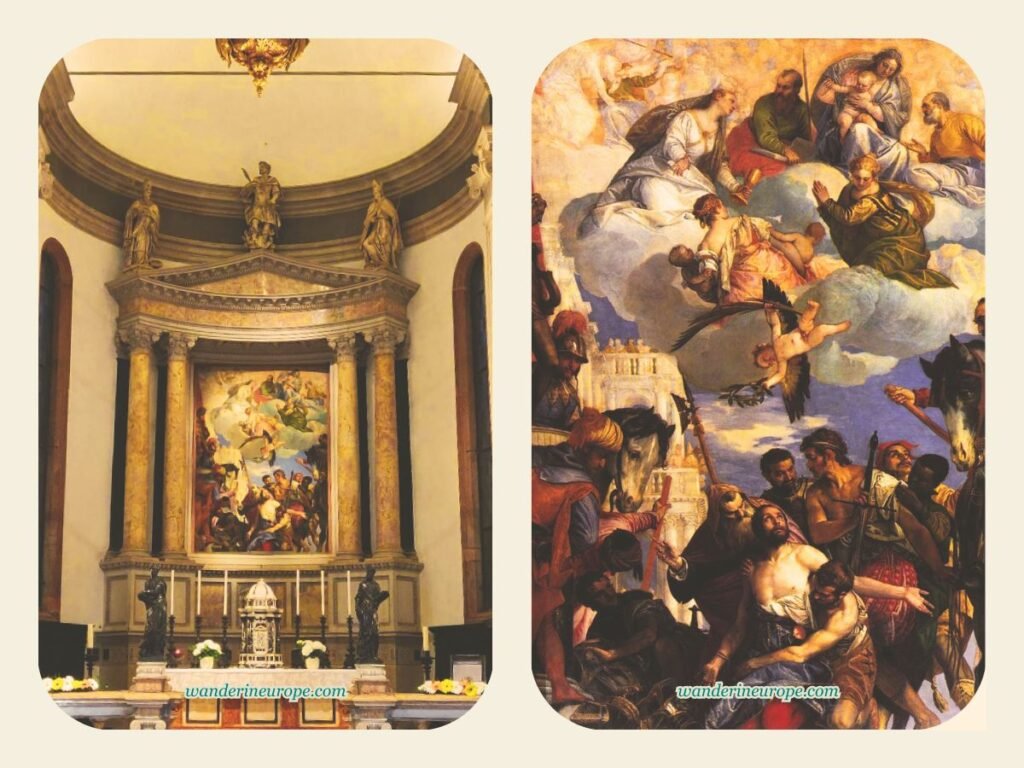

In essence, it is a large-scale oil painting that captures the dramatic execution of Saint George, a Christian soldier who was martyred for refusing to renounce his faith. The scene is filled with movement and emotion, portraying the moment before his death as Roman soldiers prepare to carry out the execution.
Saint George stands at the center, his face calm and resolute, illuminated by a divine light from above. Angels descend from the sky, reinforcing his martyrdom as a passage to heaven rather than a defeat. The crowd surrounding him is a mix of soldiers, onlookers, and officials, each reacting in different ways—some with indifference, others with sorrow or admiration.
Veronese’s version emphasizes the tension between earthly power and divine salvation, presenting George as a heroic figure facing death with dignity.
Bevilacqua Lazise Altarpiece

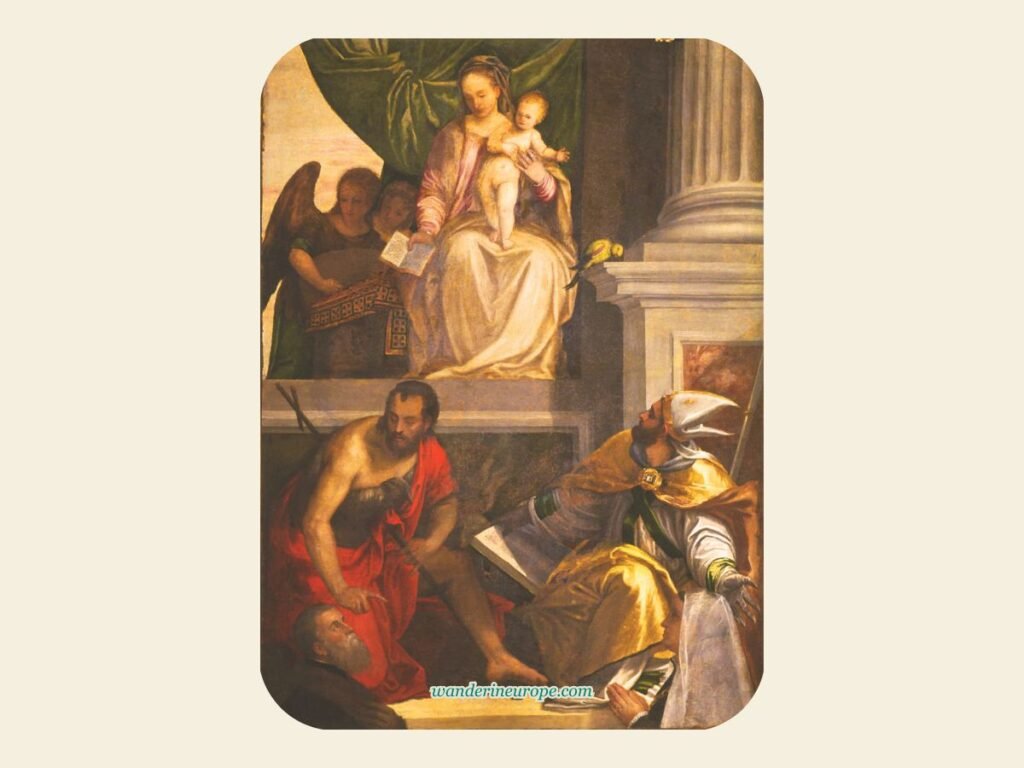

Between 1546 and 1548, Paolo Veronese painted the Bevilacqua Lazise Altarpiece, an oil-on-canvas masterpiece that once adorned the church of San Fermo Maggiore in Verona before moving to the Castelvecchio Museum in 1866.
At the heart of the painting, the Virgin and Child sit in a composition rich with symbolism, joined by Saint Louis of Toulouse, Saint John the Baptist, and the donors Giovanni Bevilacqua Lazise and Lucrezia Malaspina. Commissioned by Lucrezia in memory of her husband, the piece blends devotion with artistic mastery.
Veronese’s attention to detail is unmistakable—Saint Louis of Toulouse stands in a pose reminiscent of Michelangelo’s figures, while a visible correction to Saint John the Baptist’s placement offers a rare glimpse into the artist’s evolving vision.
Stories from the Life of Esther

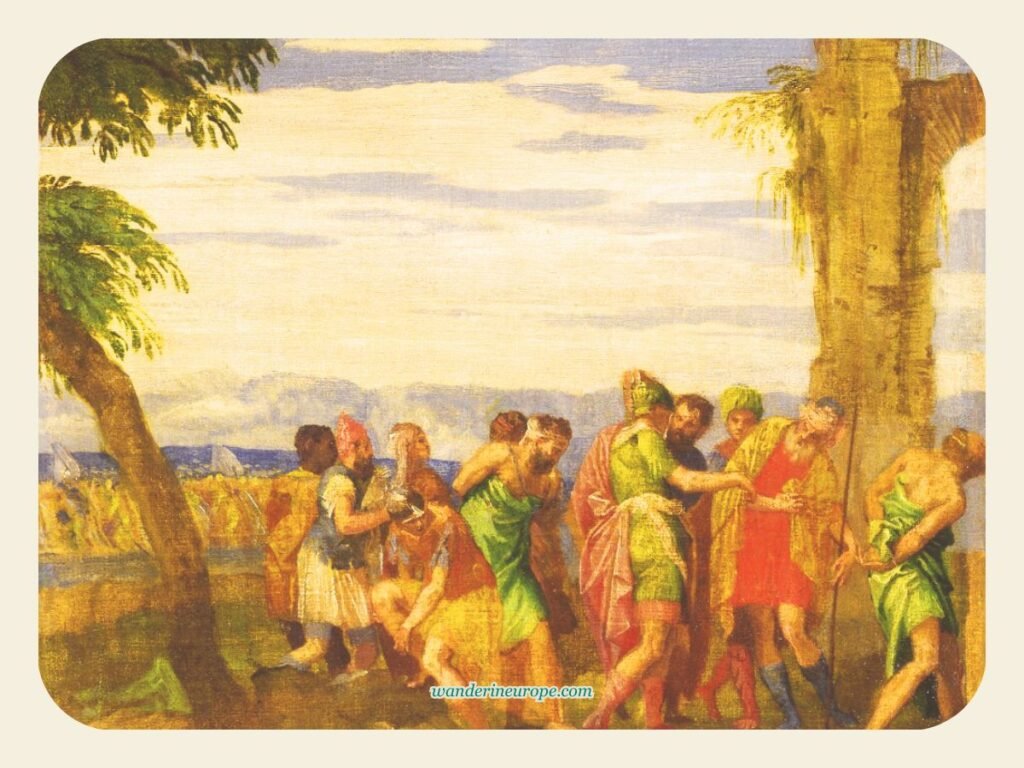

The painting “Stories from the Life of Esther – Punishment of the Eunuchs” was created between 1548 and 1550 by Paolo Veronese. It was likely used to decorate pieces of furniture and was acquired by the state in 1980 before being placed in the Castelvecchio Museum in 1981.
This oil-on-canvas artwork features three scenes from the life of Esther: the Punishment of the Eunuchs, Esther brought before Ahasuerus, and Ahasuerus ordering the Triumph of Mordecai. The painting is executed with the precision of an oil sketch, showcasing vibrant contrasts in complementary colors and impressionistic depictions of landscapes and architecture.
Deposition of Christ

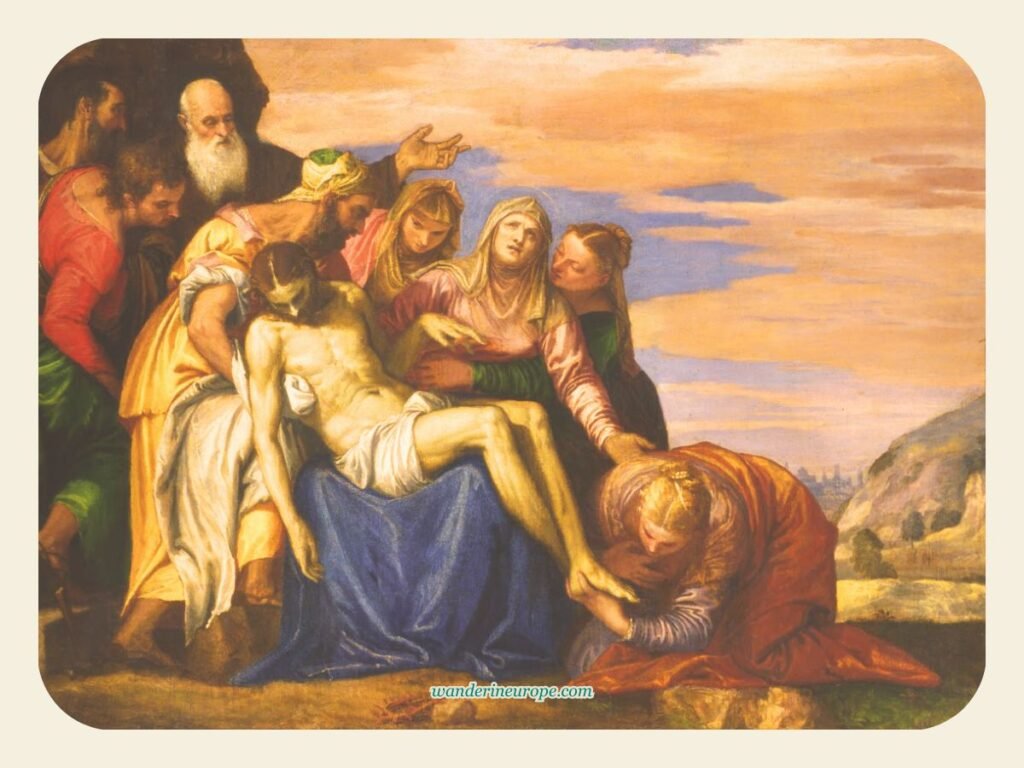

Paolo Veronese painted Deposition of Christ between 1546 and 1549. It was originally housed in the sacristy of the convent of Santa Maria della Vittoria Nuova in Verona, which belonged to the Gerolamini order. This well-preserved oil-on-canvas piece showcases rich color transitions and expressive brushwork, particularly in the landscape. It has been part of the Castelvecchio Museum since 1816.
Continue Exploring
Veronese’s artworks are just one of the many great things you can find in Verona. From landmarks that bring the story of Romeo and Juliet to life to ancient gates and breathtaking views, this city has so much to offer. Check out WanderInEurope’s guide to discovering Verona. If you’re looking for ideas on how to spend your days in the city and nearby areas, check out this ready-made itinerary.
From great hotel deals to skip-the-line tickets and affordable eSim to cheap rentals, click here for the best hotel deals and more travel discounts.
For a convenient, unique, or more enriching visit, check out these experiences and services:


Pin this to save it for later or bookmark it to read anytime.








